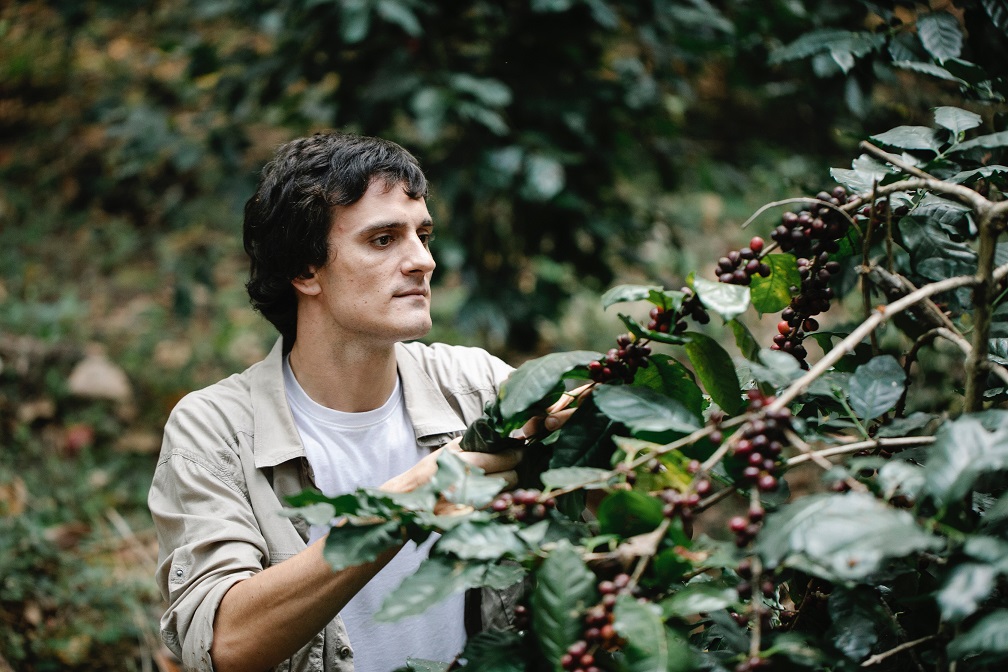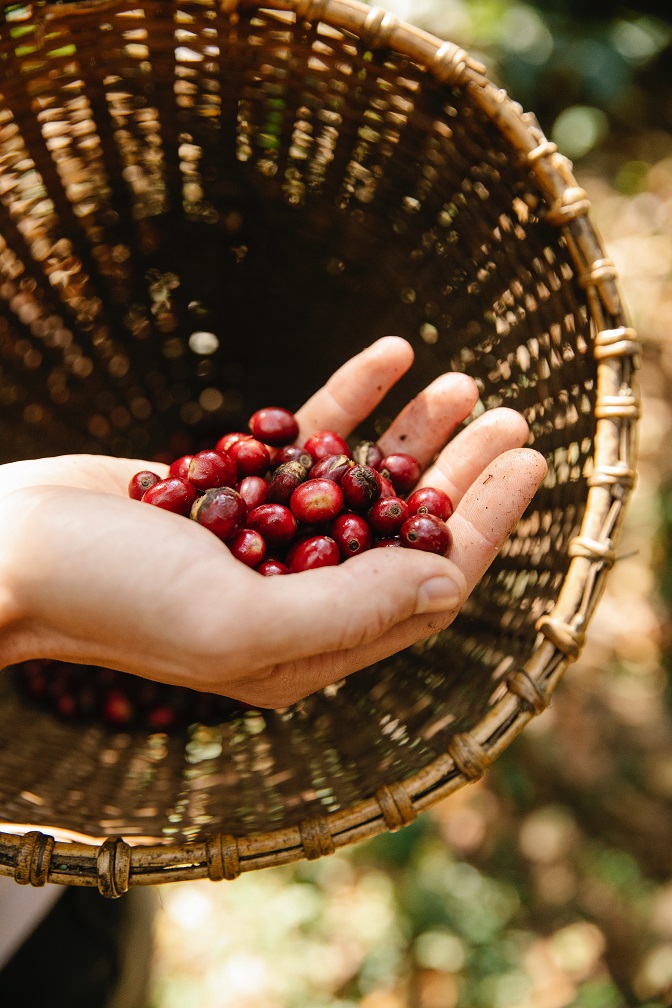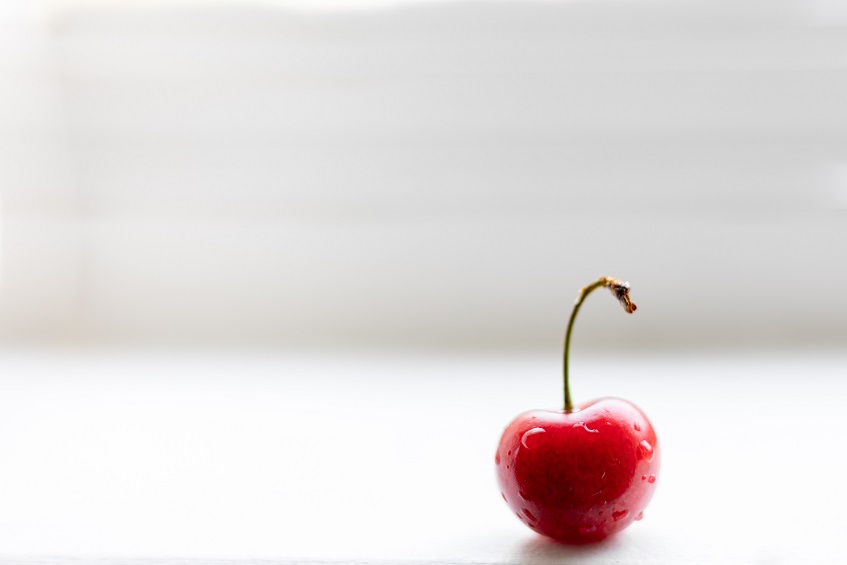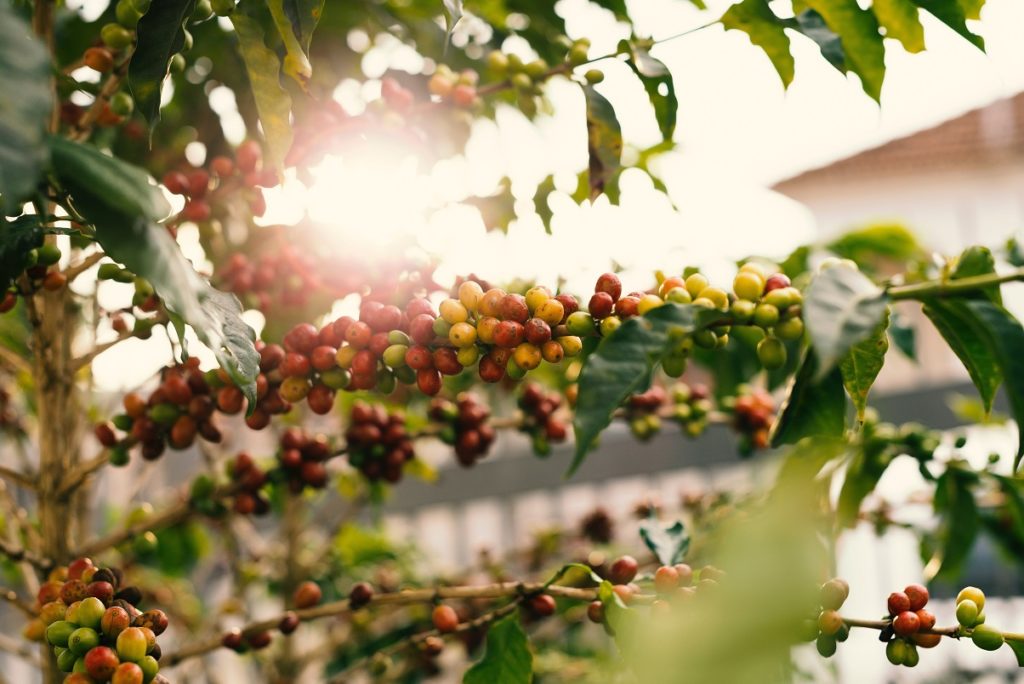
Cherry farming in a nutshell
What you would need to know before planting your first orchid. by Marinda Sauerman
*Cherries are one of the most profitable fruit crops.
*They only bear fruit in their fourth year however the dwarf tree type bears after 3 years.
*A standard size tart-cherry or sweet-cherry tree produces up to 48kg of cherries each year and dwarf trees produce up to 14kg.
*Most modern cherry trees are grafted onto dwarf or semi-dwarf rootstock as it makes the harvesting much easier.
*Your orchard location is most important as it needs to be sheltered from the elements to protect the fruit from bruising. It also needs full sun and a good airflow because cherries are prone to bacterial problems.
* Your trees needs to be planted against trellises at an intra-row spacing of 4.5m to ensure a high-planting density of approximately 1,481 trees per hectare.
*The soil needs to be well-drained, light and fertile.
*Follow strict fertilising, watering and seasonal protocols when planting your trees for the first year to insure that you do not damage their roots.
*Most cherries need a pollinator. It’s best is to plant different varieties within 15-meters of each another to make cross-pollination possible.
*Cherries are quick ripening and depending on the cultivar, take 55 – 70 days from pollination to harvest. Harvest is labour intensive because cherries need to be hand-picked and once picked, need to be cooled down to ensure a longer shelf-life.
*In highly commercialised and modern farms, cherries are washed several times before they land in the production line where they get de-stemmed and sorted by a computer after being photographed for quality and size. They are then boxed accordingly.
Cherry farming in South Africa
There are currently 30 known cherry production units in South Africa and 23 commercial producers. The 76% increase in cherry production is due to the Alternative Crop Fund run by the Western Cape Department of Agriculture and the research done by the South African Cherry Growers Association (SACGA).
The first cherry orchard in South Africa was planted in 1890 just outside Ceres. The only known origin of commercial cherry production in South Africa started in 1904 near Clocolan in the Freestate when Harry Pickstone planted about 5 hectares of cherries with the help of German missionaries.
Suitable Areas in South Africa
Mpumalanga, Ceres in the Western Cape and Ficksburg in the Freestate are most famous for their sweet cherries. Ficksburg is especially famous for the production of the glazed cherry and annual cherry festival in November.
SA Cultivars
Although there are a large variety of Royal cultivars in South Africa, cherry cultivars like Early River, Early Red Five Giant, Heidelfinger and Bing are planted, but the Royal Hazel cultivar is the most popular.
SA Climate
Cherries require cold and long winter weather conditions, with a cool spring and mild summer. Excessive rain can ruin the fruit. In South Africa the cherry season starts in October and reaches its peak in November. There are some success stories of cherry farming in warmer areas but experts advise farmers to do the necessary research before they invest in a cherry orchard.
Did you know?
*The cherry blossom is one of the most well-known symbols of renewal in the world. The average cherry tree has a typical lifespan of 16 – 20 years but the Black Cherry tree can live up to 250 years. They can reach an average of 20 to 40 feet (6 – 12 metres) and their canopies can reach between 15 – 30 feet wide (5 – 9 metres). Some wild cherry trees can grow up to 80 feet tall (24 metres).
*Sweet cherries are native to parts of Europe, Turkey, Africa and Asia. The earliest reference of cherries suggests that they may have been cultivated in Ancient Greece as early as 272 B.C.
*In the US, Dr. David Fairchild who was an official with the USA Department of Agriculture, purchased 75 flowering cherry trees in 1906 and planted them on his own property in Maryland to test their hardiness. He bought them from a nursery in Japan.
*Ornamental Cherry trees do produce fruit but they are largely grown for their beauty.
* In Washington DC you can be arrested for picking a cherry blossom!
*The Japan Women’s Club donated 2000 trees to Amsterdam to celebrate the two nation’s relationship.
* The blossom became the symbol of friendship between the USA and Japan in 1912 when Japan gifted approximately 3000 trees to USA. The gift included over 12 varieties of cherries.
*The blossom’s petals are edible and used in traditional Japanese sweets and tea.
*Washington’s Toshino Peak Bloom (the day most of the cherry blossoms are open) mostly occurs on the 4th of April and ends on the 18th of April. The National park service warns however that it is safer to wait for their annual bloom prediction before planing your trip.
*”Hanami” is the name of a traditional Japanese picnic that can take place during the day or night.
*The cherry-blossom capital of the world is Macon, Georgia, which has over 300,000 Yoshino cherry-blossom trees.
*The origin of the tree is believed to be Eurasia (Europe and Asia).
*The Yoshino tree have single white blossoms and when mixed with bright pink Akebono tree they produce the well-known pale pink blossom.
*In 1938, 150 women rebelled against the construction of the Jefferson Memorial because it meant the destruction of some of the trees. About 50 women-protesters chained themselves to the trees on the construction site. About 88 trees were destroyed during the construction. *Black Sour cherries are rich in melatonin and are mainly grown for kitchen use. These trees are much smaller, with much longer lifespans.



